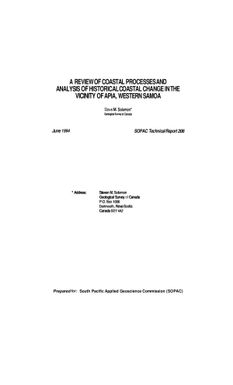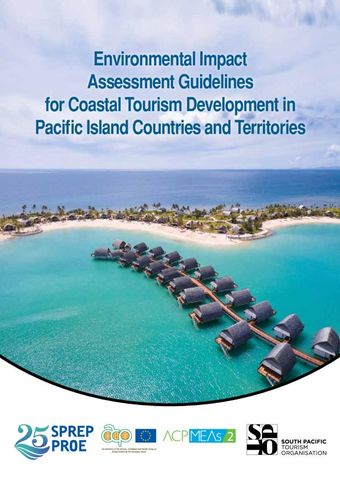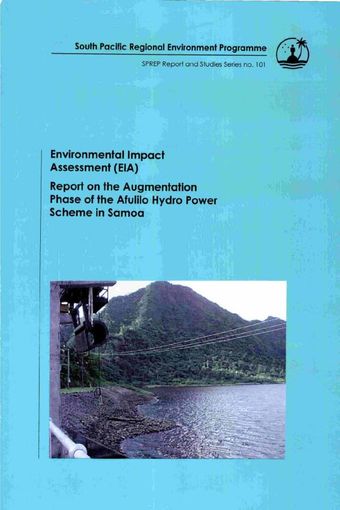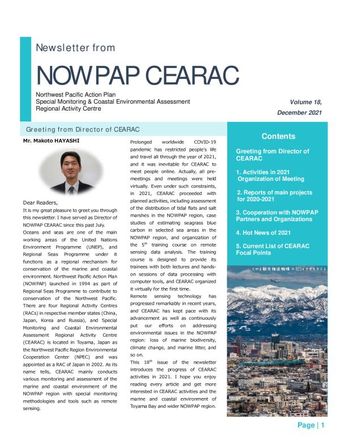A review of coastal processes and analysis of historical coastal change in the vicinity of Apia, Western Samoa
- Description:
- The area in the immediate vicinity of Apia, Western Samoa was studied through the use of air photo interpretations, literature reviews and ground surveys in order to develop an understanding of the processes which influence the coastal and nearshore sedimentary systems. The goal of the study was to provide information on which decisions regarding sand mining and other uses of the coast can be based. In the course of this study it was found that the seaward- facing shoreline on the Mulinu'u Peninsula has undergone variable degrees of change between 1954 and 1990. The most distal portions of the Peninsula (towards the Apia Observatory grounds) have experienced more erosion than locations closer to the town centre. The most severely eroded areas appear to be related to local current patterns on the reef top. The lesser and more variable coastal changes noted near town could be related to more extensive and persistent shore protection rather than any natural causes.
- Display date:
- 1994
- Location:
- Samoa
- Collections:
- Secretariat of the Pacific Regional Environment Programme (SPREP)
- Publisher:
- [SOPAC]
- Content partner:
- Secretariat of the Pacific Regional Environment Programme (SPREP)
- Availability:
- Not specified
-
Copyright status: All rights reservedFind out more about what you are able to do with this itemThis item is all rights reserved, with means you'll have to get permission from Secretariat of the Pacific Regional Environment Programme (SPREP) before using it. For more information, please see our use and reuse page.What can I do with this item?Non-infringing useNZ copyright law does not prevent every use of a copyright work, and this item may be hosted by an international institute or organisation. You should consider what you can and cannot do with a copyright work.No sharingYou may not copy and/or share this item with others without further permission. This includes posting it on your blog, using it in a presentation, or any other public use.No modifyingYou are not allowed to adapt or remix this item into any other works.No commercial useYou may not use this item commercially.
Related items
Welcome and warm Pasifik greetings
The information on this site has been gathered from our content partners.
The names, terms, and labels that we present on the site may contain images or voices of deceased persons and may also reflect the bias, norms, and perspective of the period of time in which they were created. We accept that these may not be appropriate today.
If you have any concerns or questions about an item, please contact us.



